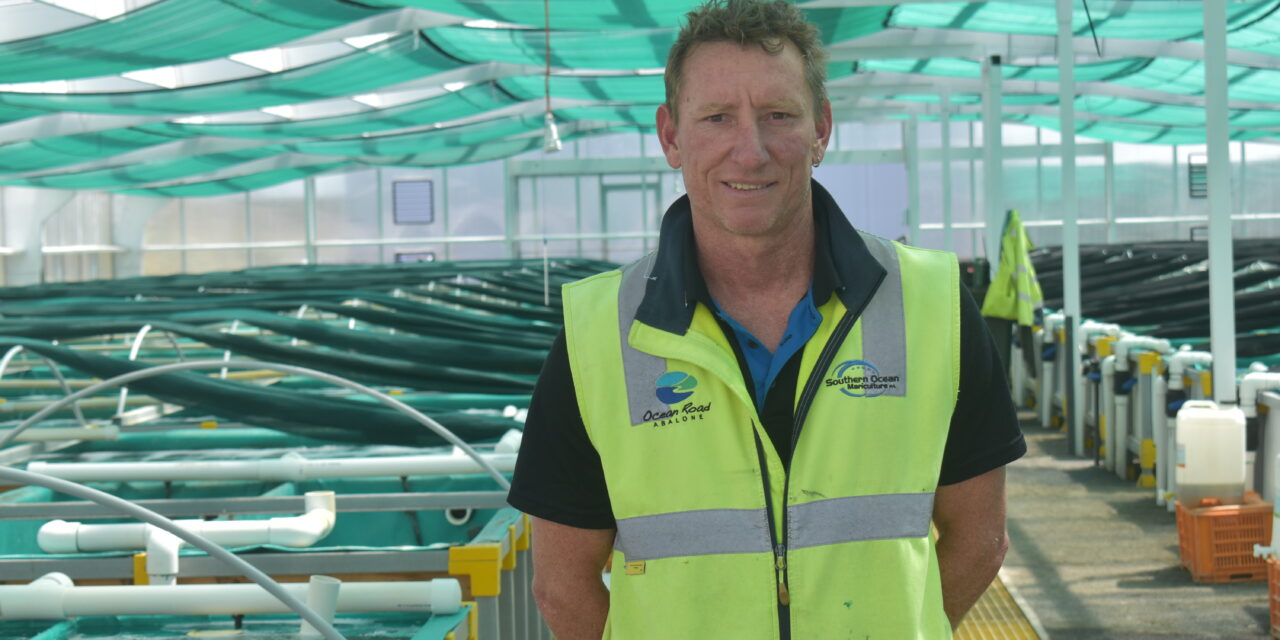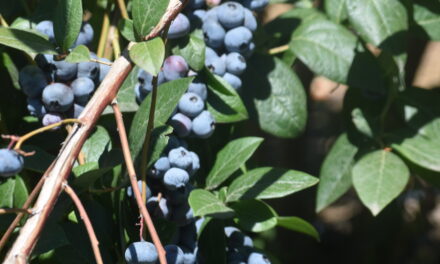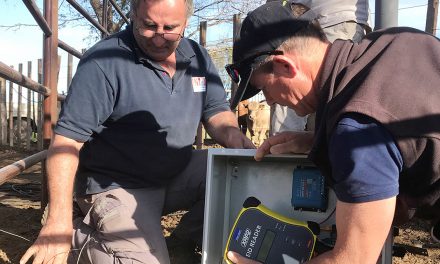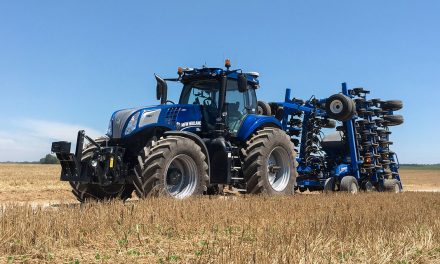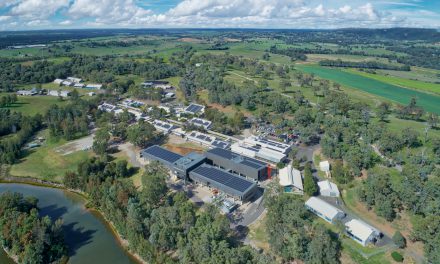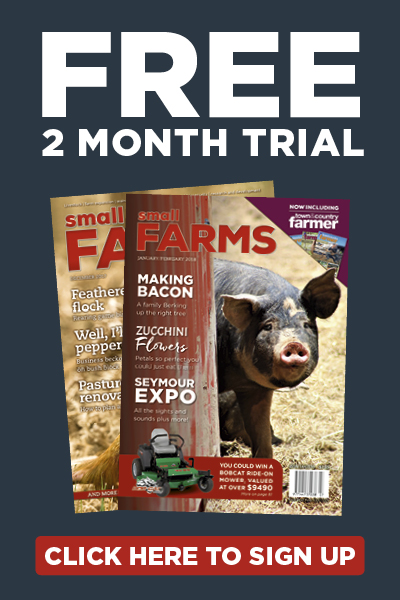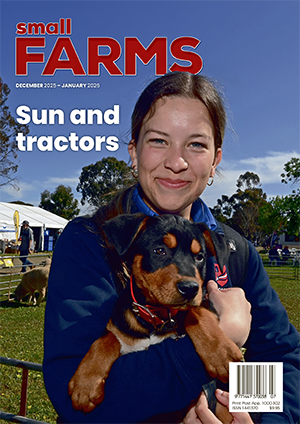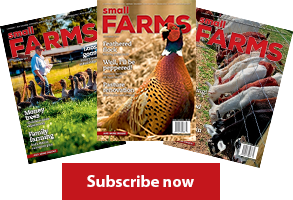There are many misconceptions surrounding the abalone industry, but one south-west Victorian business is doing all it can to educate the public. RICK BAYNE has the story.
The abalone industry has spawned a lot of misconceptions over the years, but Southern Ocean Mariculture is out to set the record straight.
As one of the first land-based abalone farms in Australia, it has encountered many potholes along the way, from typical fledgling trial and error tribulations to a devastating virus and the loss of export markets during the COVID-19 pandemic.
The farm itself has been the target of many of those misconceptions, but it has survived to tell the tale and share its story through new public education tours.
It was established near Port Fairy in 1996, one of three abalone farms emerging in the coastal dunes around Australia at the time, and one of 12 commercial operations today.
Operations manager Hamish Ebery, who started with the business in 2001, says there was a lot of experimenting in those early days.
“Being the pioneer in any industry means you make a lot of mistakes,” he admits.
It was founded by a group of investors from the wild abalone industry, including one who bought the land where the business is currently based to access well-protected bays to dive for abalone.
The idea was to provide year-round product to the local cannery, Sou’ West Seafoods (which folded after the abalone herpes virus in 2006) and keep work happening across the year.
The founders, or their children, continue on the company’s board.
“It was set up as a bit of an experiment, with some small pump lines through to the bay, but everything has grown over the years,” Hamish said.
Water is pumped from the ocean to the land, run through tanks and then through settling ponds and back out to sea. There is good separation between intake and the outfall for environmental and health perspectives.
And that’s where one misconception can be laid to rest.
“There’s a real misconception that we’re pumping dirty water out to sea and that we’re a dirty industry, but we adhere to EPA, biosecurity and aquaculture licence regulations,” Hamish said.
Abalone are broadcast spawners, releasing their eggs and sperm into the water in the wild where they hope they mix and become free-swimming-larvae for eight to 10 days before the larvae find a place to settle on the rocks and start feeding on algae and forming their shell.
SOM had to try to replicate that on land.
“There was a lot of trial and error in terms of how to trigger them to spawn and how to get them to settle,” Hamish said.
A lot of industry best practice was developed at the Port Fairy farm.
Growing them in the nursery required different tent and tank designs, filtration, water heating systems and feeding regimes.
“In the early days it was very labour intensive, but over the years we have figured it out a bit better,” Hamish said.
“In 2001 we were producing 20 to 30 tonnes with 10 to 12 members of the grow-out staff. Today it’s 120 tonnes with the same number of staff.”
A new large flat concrete slab tank design, replacing small plastic tanks that were stacked in layers, was one of the key moves.
Today they have 279 slab tanks. When Hamish started, there were 15. They are more energy and labour efficient and promote better growth and health.
The farm was built for blacklip abalone but they didn’t grow well in the tank, so they were crossed with the greenlip species to create tiger abalone.
“The water temperature is more suited to blacklip growth,” Hamish said.
“Greenlip like it a bit warmer and are found in the open while blacklip are usually in crevices or covered by seaweed. They go to the edges in the tanks while the green lip spread out.”
SOM has both greenlip and blacklip for brood stock but uses the tiger species as commercial stock.
The growing area is a bit over 15,000 square metres and they produce more than 120 tonne per year. There are usually about 3.5 million to four million abalone on the farm at any time.
After the early teething problems, things were going well in the business until 2006, when the abalone herpes virus hit.
“We were just hitting our straps with ideal tank designs, farm expansion and breeding programs when we got wiped out by the virus and had to pretty much start from scratch again,” Hamish said.
“It was awful. They are pretty hardy creatures and we did everything to keep them clean and healthy, but we eventually had to shut off the pumps and clear out the abalone.
“We were dealing with a previously unknown pathogen at the time. It was quite an eerie place for about six months with no water flowing.”
The farm was lucky enough to have had stock insurance at the time and with that payout from there it was a gradual start-up.
Back then it was a three-year grow-out cycle from spawning to a saleable size (now reduced to two to 2.5 years through feeding and density efficiencies).
However, SOM couldn’t wait for three years before an income stream came in, so the business agisted and purchased stock from interstate farms, ramping up biosecurity to ensure there were no contaminants or pathogens coming in or going out.
The virus went along the Victorian coast and SOM copped a lot of bad press about it, but effectively shut up shop and didn’t refute any of the claims.
“Even today, people mention the Taiwanese diet we trialled once and say that’s the way the virus came in, but that’s a misconception. The illness from the diet and the virus had two totally different symptoms,” Hamish said.
“We think the reports of the virus in Taiwan was from live abalone shipped from Australia, and possibly wild.”
The farm didn’t return to full production until 2010 and progressed well over the next decade, including more genetics research to produce breeding families, more grow-out tanks, the establishment of the Ocean Road Abalone brand, a new office complex and construction of a new nursery in 2022 providing the opportunity to spawn abalone two times a year, adding April to the traditional October.
But then the COVID-19 pandemic had its say, effectively shutting down the export market.
Before the pandemic, the farm exported 80 per cent of product with 20 per cent for the live domestic market. Since COVID, that has flipped and live domestic is now nearing 95 per cent of sales.
“Singapore and Hong Kong were the main markets but since COVID they have been hit by economic downturns and cost-of-living issues and turned to the cheaper China-produced options,” Hamish said.
Australia produces 1600 tonnes of farmed abalone per year, China close to 300,000 tonnes for about one-third of the cost, although the quality doesn’t usually match.
Melbourne, Sydney and Brisbane are the main live markets, although all Australian farms compete in those areas.
Ocean Road Abalone has been a leader in decarbonisation within the aquaculture industry, especially abalone farming, installing 250kW of solar, more energy efficient pumps and piping and improved nursery technology using heat pumps and heat exchangers in a heat retaining greenhouse to allow multiple spawnings.
Abalone has traditionally been an Asian delicacy, including dried product and cans, and that continues to be the main market within Australia, however Ocean Road Abalone is looking into other potential domestic and export markets.
“We’re trying to get it more into the western market and restaurants and to educate people in how to cook and eat it,” Hamish said.
And that’s where another misconception comes in.
“Everyone hears that it’s tough to eat, but if it’s cooked right (hot and quick), it’s a very good product,” Hamish said.
With biosecurity, tours have always been a bit difficult and Ocean Road Abalone has been hesitant to open its doors, but in 2024 decided it was time to clear the air.
“It’s about educating people about what we do here and to get rid of those misconceptions that are still out there, some going back to the virus and others that relate to our social licence to operate,” Hamish said.
The farm is part of the Australian Abalone Growers Association and continues to contribute funds to research.
It is currently working with James Cook University on a breeding program and has developed AI image analysis technology to measure abalone sizes to reduce handling stress.
Clearing the air
